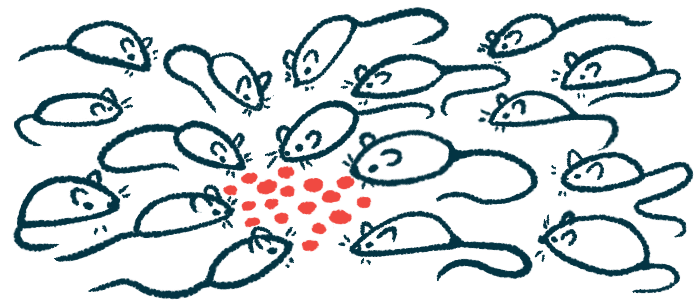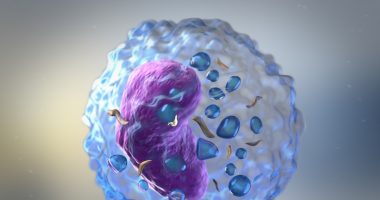Dental Mesenchymal Stem Cells May Be ‘Potent’ Treatment for Sjögren’s

Mesenchymal stem cells (MSCs) isolated from dental tissue eased the signs and symptoms of Sjögren’s syndrome in a mouse model, a study indicated.
These effects were driven by the cells’ ability to modulate immune responses, according to researchers, who noted that MSCs are “rapid proliferating” and have “strong anti-inflammatory features.”
As such, the team wrote, dental stem cells “may be a potent candidate in cellular therapy options” for Sjögren’s.
The study, “Dental follicle mesenchymal stem cells ameliorated glandular dysfunction in Sjögren’s syndrome murine model,” was published in the journal PLOS One.
A type of stem cell, MSCs can grow and transform (differentiate) into other cell types, such as those making up muscle, fat, bone, and cartilage. MSCs also can modulate the activity of other cells — most notably immune cells — by secreting, or releasing, certain signaling molecules.
Because of their immune-modulating properties, MSCs may be a therapeutic approach for Sjögren’s syndrome, a chronic autoimmune disorder that primarily affects the glands that produce tears and saliva.
MSCs can be isolated from many adult tissues, including bone marrow, fat, and the umbilical cord — and from the tissue surrounding teeth. However, there are few studies on the effects of dental stem cells in the treatment of Sjögren’s.
Now, scientists at the Muğla Sıtkı Koçman Üniversity, in Turkey, tested dental MSCs in a mouse model of the disease.
Dental follicle tissues were collected from healthy individuals during tooth extraction, and MSCs were isolated and cultured.
Injecting dental MSCs into the abdomen of mice with Sjögren’s significantly decreased the number of immune T- and B-cells (lymphocytes) in the spleen compared with untreated mice, the study found.
At the same time, this abdominal injection increased the numbers of regulatory T-cells (Tregs), a type of immune cell that helps limit inflammatory immune responses. The levels of Tregs had been notably low in untreated mice. Immature B-cells, which were lacking in Sjögren’s mice, were significantly higher in treated mice, while the opposite was seen for fully mature plasma B-cells.
Abdominal injection of MSCs also significantly decreased T-cells with pro-inflammatory signaling molecules (cytokines) IFN-gamma and interleukin-17 (IL-17), while increasing T-cells with anti-inflammatory interleukin-10 (IL-10). Levels of these cytokines showed a similar trend.
In saliva and tears, abdominal MSC treatment significantly reduced IFN-gamma and IL-17 and increased IL-10. Dental MSCs also improved the flow rate of both saliva and tears one month after treatment.
In comparison, injecting MSCs directly into the salivary or lacrimal glands did not significantly affect the number of splenic T-cells, B-cells, Tregs, immature or mature plasma B-cells, or T-cells with IFN-gamma or IL-10. It also did not alter the levels of secreted cytokines.
Injecting dental MSCs directly into salivary glands did decrease the levels of IFN-gamma and IL-17 and increased those of IL-10 in saliva. Likewise, similar results in tears were observed when MSCs were injected into the lacrimal glands. However, treating salivary or lacrimal glands directly did not impact the flow of saliva or tears after one month.
Examination of the glands showed that dental MSCs injected into the abdomen migrated to both the salivary and lacrimal glands in low numbers, with a preference for the saliva glands in the first seven days, which were sustained from up to one month.
Compared with abdominal injection, salivary and lacrimal gland MSC treatments showed high levels of differentiation into glandular epithelial cells at one month.
These data demonstrated that “intraperitoneally injected DFMSCs act by regulating [immune cell] responses, not by differentiation into glandular epithelial cells in the [Sjögren’s] mouse model,” the researchers wrote.
Consistently, a glandular analysis indicated dental MSCs reduced the influx of immune cells and scar tissue formation, either by abdominal or direct gland injection.
“We demonstrated the immunomodulatory effects of DFMSCs on T and B lymphocyte responses in a murine model of [Sjögren’s syndrome],” the researchers wrote. “In addition, DFMSCs have the potential to differentiate into glandular epithelial cells in the [Sjögren’s syndrome] when applied locally.”
The team concluded that these dental stem cells are a potential therapy options for Sjögren’s.







